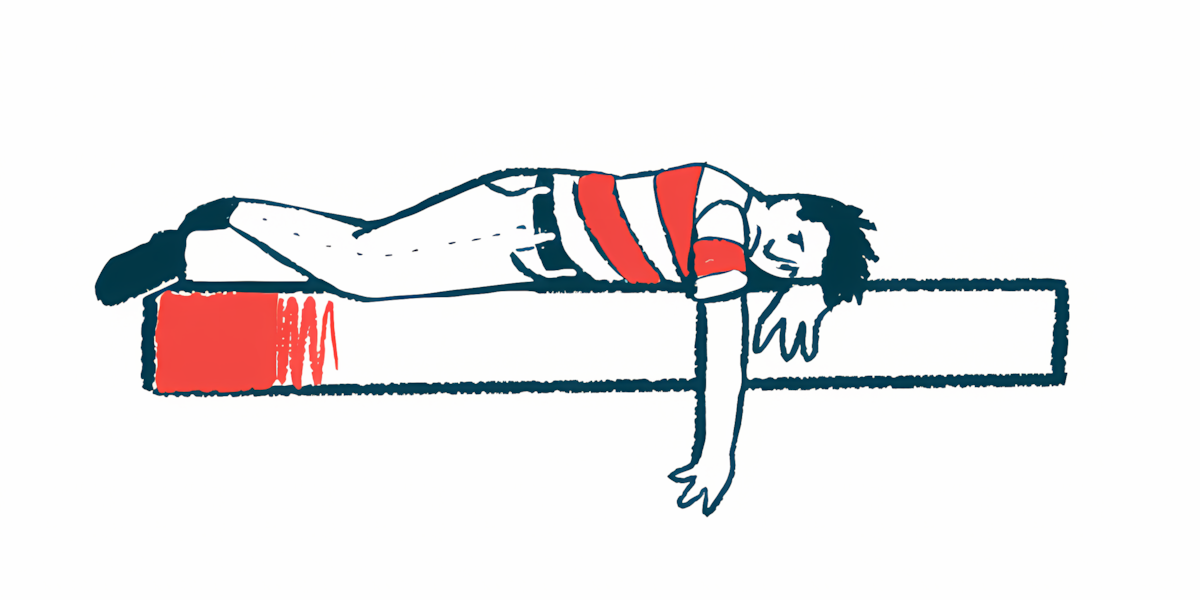Study ties hemophilia pain, infections to mental distress
Patients found to have higher rates of depression, anxiety

People with hemophilia have significantly higher rates of depression, anxiety, stress, and overall mental distress than healthy individuals, with physical symptoms playing a role, a study in Germany found.
These include “pain-related parameters, but also manifested arthropathy [joint disease] and the presence of viral infections,” the researchers wrote, which “might increase the susceptibility to depression, anxiety, stress and overall emotional distress” among hemophilia patients.
The study, “Factors Influencing Symptoms of Depression, Anxiety and Stress in Patients With Haemophilia,” was published in Haemophilia.
In hemophilia, deficiencies in proteins called clotting factors cause problems with the formation of blood clots, leading to prolonged bleeding. These bleeds can occur externally or internally, and in different parts of the body, including the joints. After repeated joint bleeds, patients may develop hemophilic arthropathy, a condition that causes pain and loss of joint mobility.
Hemophilia can also impair psychological well-being. Depression and anxiety are common in hemophilia, with several studies reporting a higher prevalence of those symptoms in patients. However, the researchers noted, “uncertainty exists about the determinants predicting worse psychological outcomes.”
Questionnaire uncovers mental, emotional health disparities
To better understand the relationship between hemophilia and psychological symptoms, researchers in this study examined data from 379 people with hemophilia and 271 healthy individuals who served as controls.
Most patients (70%) had severe forms of hemophilia, with hemophilia A being more common than hemophilia B (85% vs 15%). Hemophilia patients were older (mean age 41.7 vs. 37.2) and had a significantly higher body mass index (26 vs. 24.9) than controls.
All participants completed a questionnaire about symptoms of depression, anxiety, and stress. Each category had a subscore, with the total score indicating overall emotional distress. Researchers also asked participants to rate their overall pain.
Each participant also identified a joint — the ankle, knee, or elbow — with the most pain for pain sensitivity testing. Researchers applied increasing pressure and asked participants to identify when pain first arose. Experiencing pain at lower pressures indicated increased pain sensitivity at that joint.
For all psychological symptoms, hemophilia patients had significantly higher scores than controls, indicating poorer overall mental and emotional health.
A higher proportion of hemophilia participants also reported experiencing pain at the time they filled out the questionnaire (62% vs. 19%) and over the preceding four weeks (85% vs. 41%) compared with controls. Pain was also significantly more persistent among people with hemophilia.
Within the hemophilia group, the team found “increased levels of depressive and anxiety symptoms in patients with higher self-reported pain intensity and pain persistence.” Similarly, those with lower thresholds for joint pain and poorer joint health metrics tended to have more symptoms of depression, anxiety, and stress.
These correlations were statistically significant after correction for age and BMI, although the effect sizes were mostly small.
Most other hemophilia-related factors didn’t significantly affect psychological symptoms. However, the subgroup of people who had HIV or hepatitis infection tended to have greater stress levels. Hemophilia patients who had hepatitis also had more severe depressive symptoms and higher overall emotional distress.
“[These] results may be attributed to the chronic nature of these infections, the associated stigma and the ongoing uncertainty about disease progression, all of which can contribute to elevated emotional distress,” the researchers wrote.
Participants in the hemophilia group who were older than 40 also had significantly higher stress levels than younger participants.
“These results provide further evidence for a poorer psychological profile in [people with hemophilia] compared to the healthy population,” the researchers wrote. However, they added, “given the uniformly weak effect sizes for significant differences, the presented results should be interpreted with caution and further analyses are needed to support these findings.”






